Snapdragon 8 Gen 1 recap — Qualcomm takes the wraps off its new chip
Here's what's coming to top Android phones
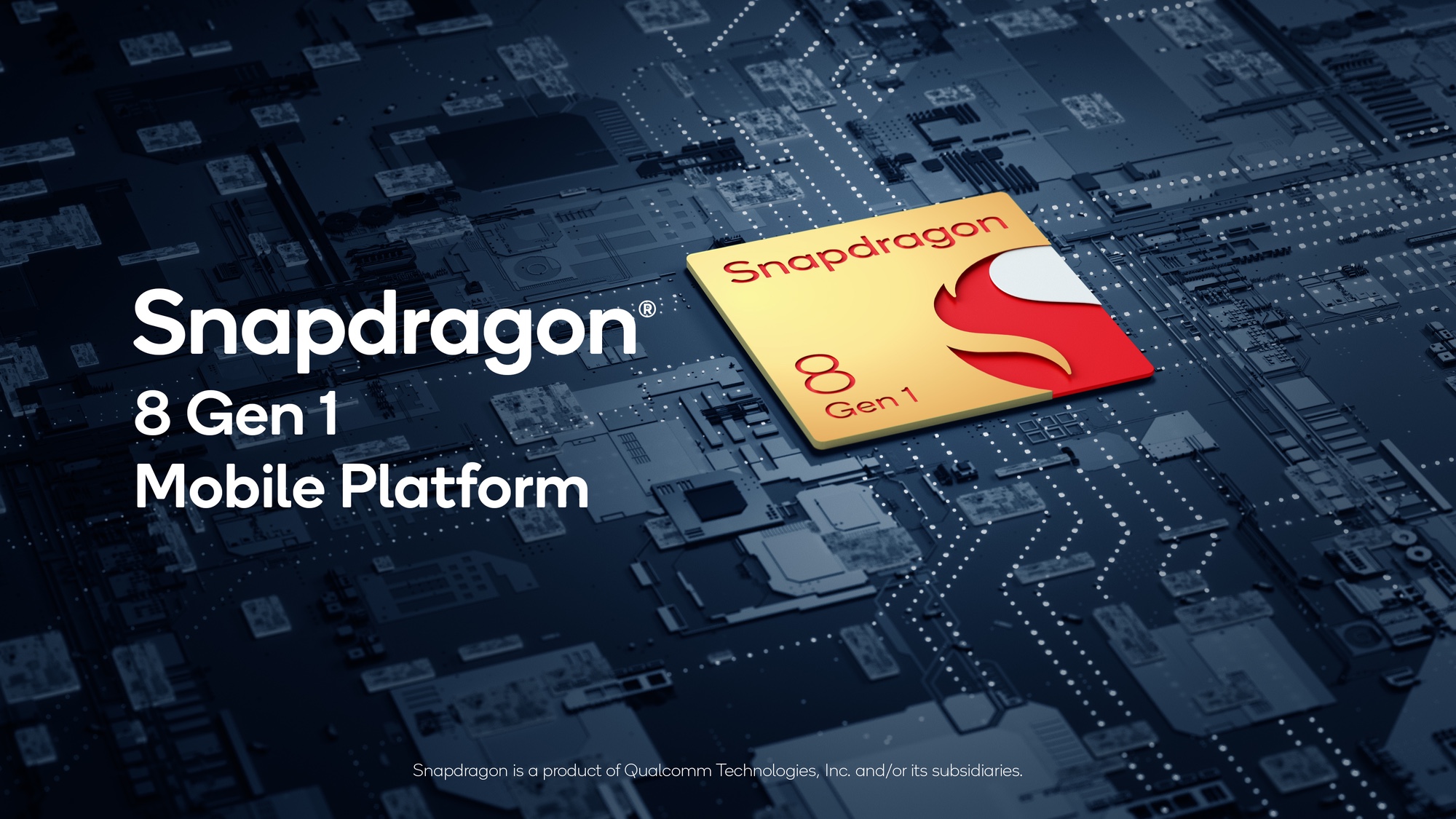
We just learned a little bit more about the Snapdragon 8 Gen 1, Qualcomm's new system-on-chip for mobile phones. The chipset was introduced during a keynote launching the chip maker's annual Snapdragon Tech Summit in Hawaii.
As promised, Qualcomm's chip features a new name. Instead of calling its chip the Snapdragon 898 as had been rumored, Qualcomm now uses just the series and generation numbers to simplify what you call its chipsets. The change will come to other Snapdragon platforms, but the 8 series is the first to roll out the new moniker.
Qualcomm filled in some of the other details about the Snapdragon 8 Gen 1's features, though it mostly gave a broad overview. We've got a deeper look at the Snapdragon 8 Gen 1 elsewhere on our site.
In the meantime, here's what Qualcomm talked about during today's event.
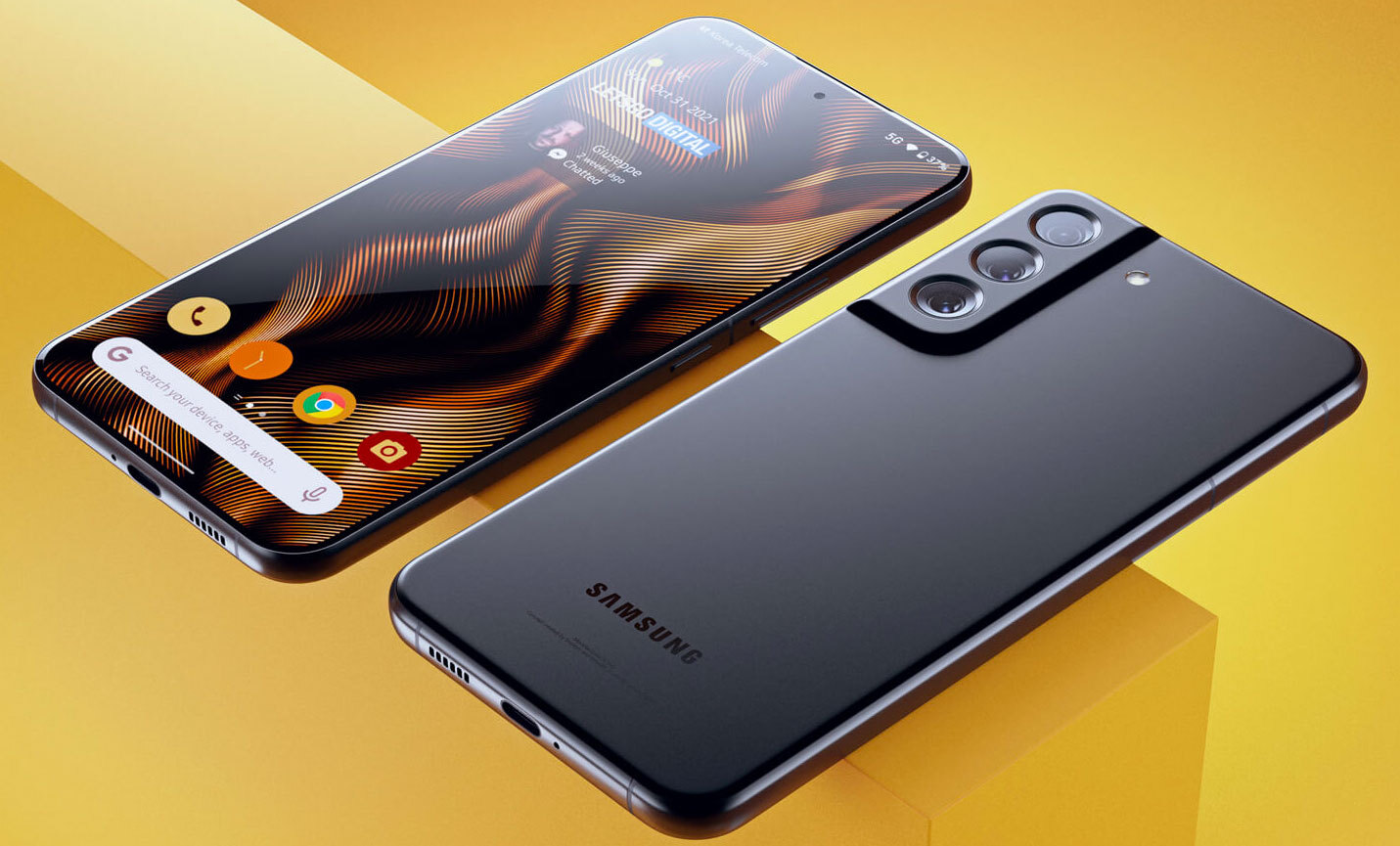
Historically, you'd expect the next Samsung Galaxy S phone to be the first to feature Qualcomm's latest mobile processor. That's certainly been the way things have happened in the past, and with the Samsung Galaxy S22 set to debut in the first couple months of 2021, history would seem likely to repeat itself.
Except, rumors suggest otherwise. Earlier this month, a leaker named Digital Chat Station tweeted that Xiaomi and Motorola are both angling to release phones with the new Qualcomm silicone before the end of the year. If that's the case, they'd certainly beat the Galaxy S22 to the punch.
Moto’s Snapdragon 898 machine is also confirmed to debut at the end of the year. It is said that they are still preparing to cooperate with Xiaomi grabs the start...November 5, 2021
Qualcomm typically leaves such announcements to the phone makers themselves, so once the new Snapdragon silicon is out, we'd expect more clarity on exactly when the first devices will emerge.
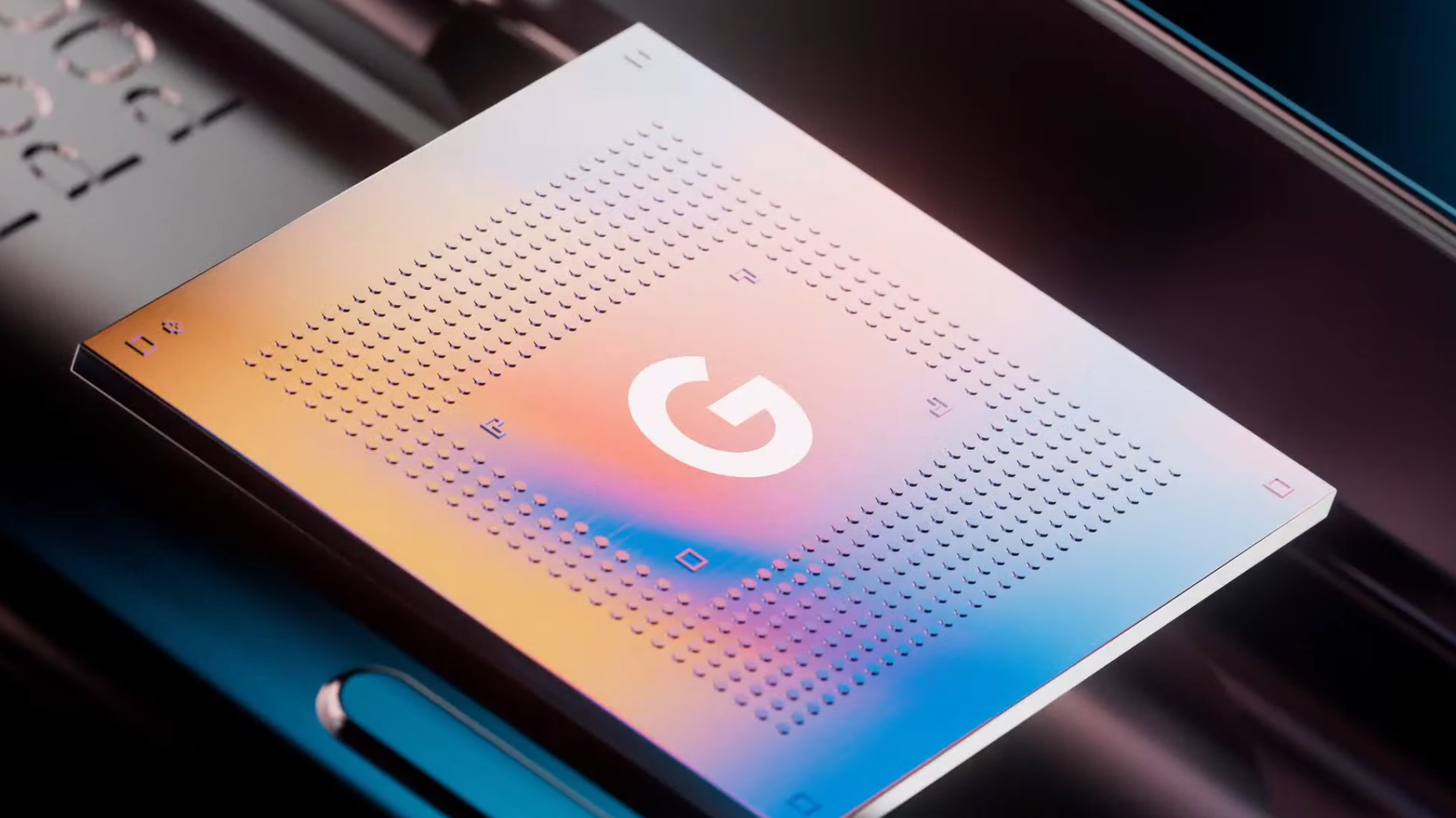
This is one of the first big Qualcomm events since the debut of Google's Tensor chip in the Pixel 6. That's the silicon Google used in its new phone instead of Qualcomm's system-on-chip in part because Google wanted to incorporate the power of its Tensor machine learning into smartphones.
We wouldn't expect Qualcomm to talk about even acknowledge a competing platform. But you can imagine that whatever Snapdragon improvements get touted this afternoon will be viewed through the prism how they compare to Tensor, particularly on the AI front.
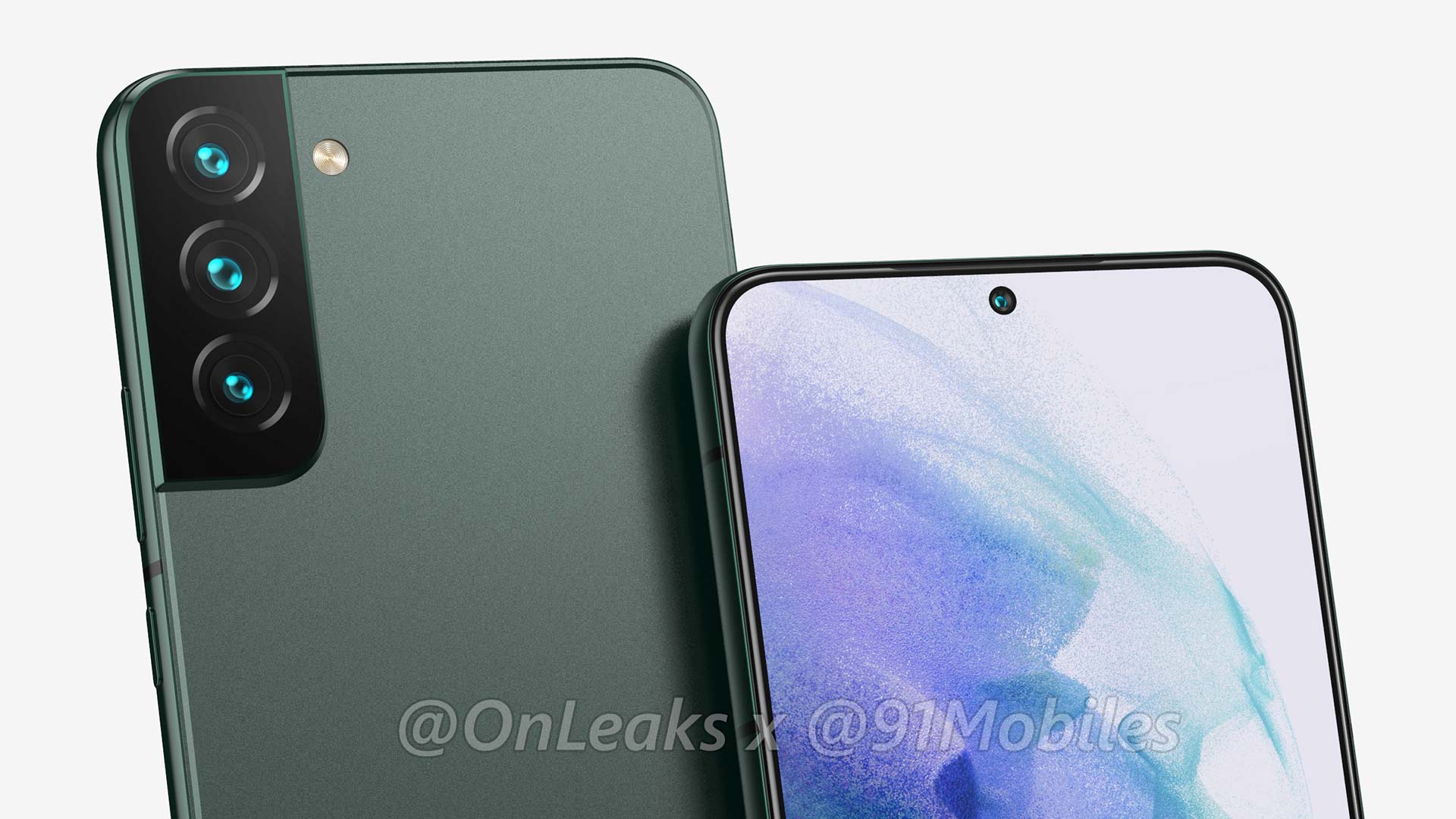
Benchmarks reportedly tied to Snapdragon 898 — the chip's rumored name before Qualcomm set us straight — haven't been encouraging, but we wouldn't read to much into those. Geekbench numbers posted both at the start of November and a couple weeks back don't paint a picture of a speed demon, with the new Qualcomm chip finishing well behind the A15 Bionic processor that Apple uses in the iPhone 13.
Don't let those early figures bum you out, because it's unlikely that they're painting an accurate picture of the final version of whatever Qualcomm releases. Phone makers have a way of fine-tuning processors for performance before they arrive on the market so chances are excellent that the actual chipset Qualcomm unveils produces much better results once it's inside a shipping phone.
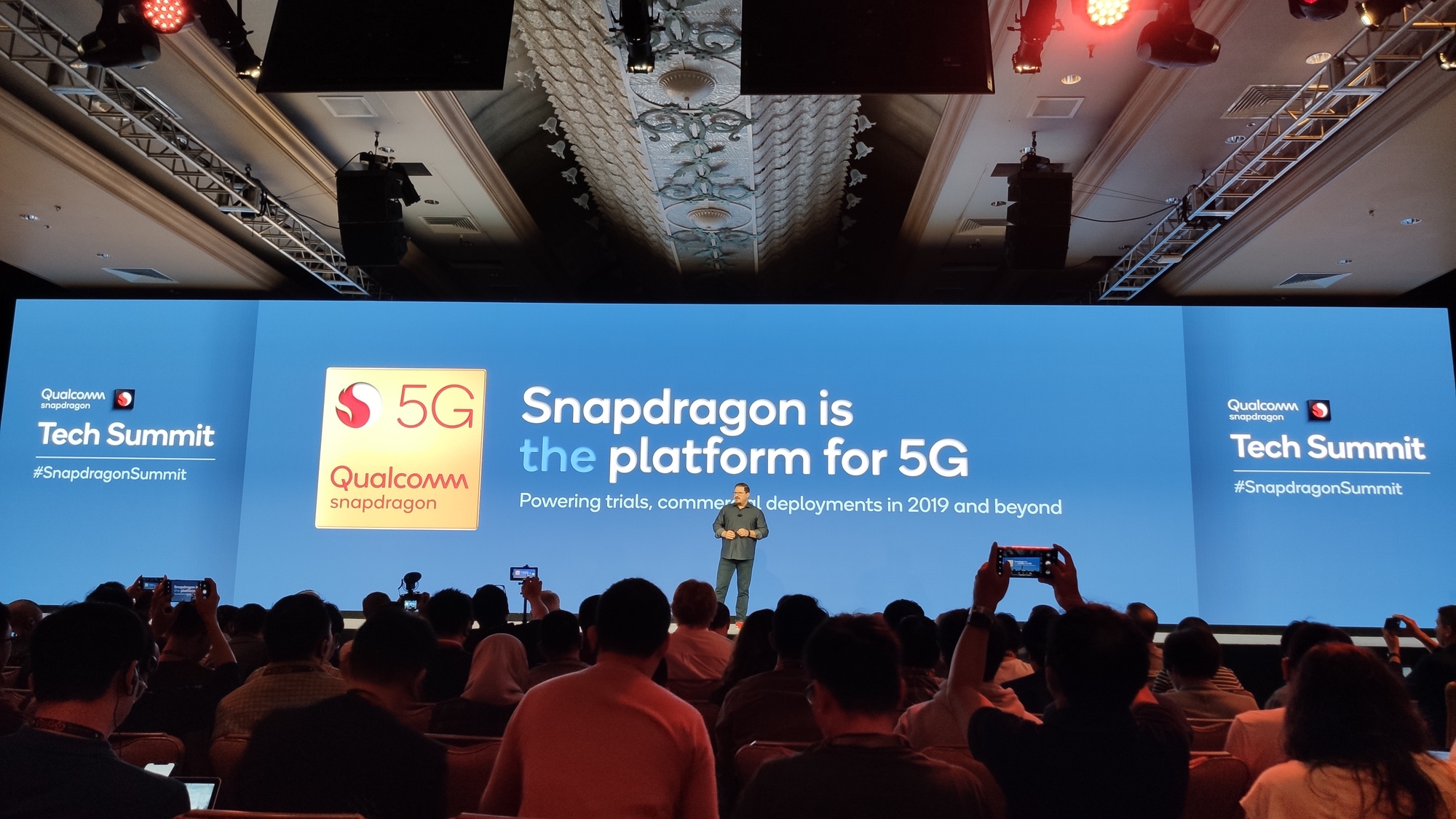
Just because the Galaxy S22 won't be the first phone with the new Snapdragon chip — allegedly — doesn't mean it won't be a big part of Samsung's phones going forward. In fact, at a Qualcomm investor event earlier this month, the chip maker said it expects Snapdragon to be in 40% to 50% of the Galaxy S phones Samsung releases next year.
That announcement came at the same time that rumors have suggested more Galaxy S22 models will be powered by the next Snapdragon chipset. In previous years, only the U.S. version of the phone features Snapdragon silicon with Samsung Exynos chipsets powering devices put out in the rest of the world.
A Lenovo executive in China may have spilled the beans early on just which phone is going to feature the new Snapdragon chipset. According to PhoneArena, Lenovo China General Manager Chen Jin took to Weibo to drop hints about a Motorola phone powered by a chip that sounds a lot like what Qualcomm plans on announcing.
The phone in question is rumored to be the Moto Edge 30 Ultra, a new flagship device from the phone maker. It's unclear if that phone would be limited to China or if it would eventually make it to other markets like the U.S. The Motorola Edge Plus flagship device came out in the U.S. last year, but in 2021, we've only seen midrange Motorola Edge models like the Motorola Edge 5G UW.

This year's Snapdragon Tech Summit is set to last two days — today (Nov. 30) and tomorrow. Since that's an awful lot of time to talk about just a Snapdragon 888 successor, you'd have to figure that there's more on the agenda than just a mobile processor announcement.
It helps that Qualcomm makes more than mobile processors. Past Tech Summits have included other announcements centered around those chips as well. In the past, Qualcomm has introduced always-connected processors for laptops — part of its Snapdragon 8cx, 8c and 7c offerings. Two years ago at the last in-person Tech Summit, the company showed off a mixed-reality processor aimed at headsets.
That's not to say any of those products are also on the agenda this time around, but it gives you a flavor of other things Qualcomm might talk about besides what's new in smartphone processors.
Next gen flagship Snapdragon is most likely gonna be called "Snapdragon 8gx Gen1". pic.twitter.com/uR7bkU4V32November 26, 2021
For an early glimpse at what Qualcomm might officially call its chipset — and a look at the reported marketing materials — we turn to Twitter user Kuba, who claims to have found the image on a test version of Qualcomm's website. All we'd say is that 8GX seems just as clunky as three-digit numbers and isn't the point of renaming the Snapdragon chips to simplify its branding?

Qualcomm is airing a teaser trailer on its live feed. Wonder if that 8 means anything? (It does.)
What if we hosted a live blog but the event never started? The feed on both YouTube and Qualcomm's site has yet to go live.
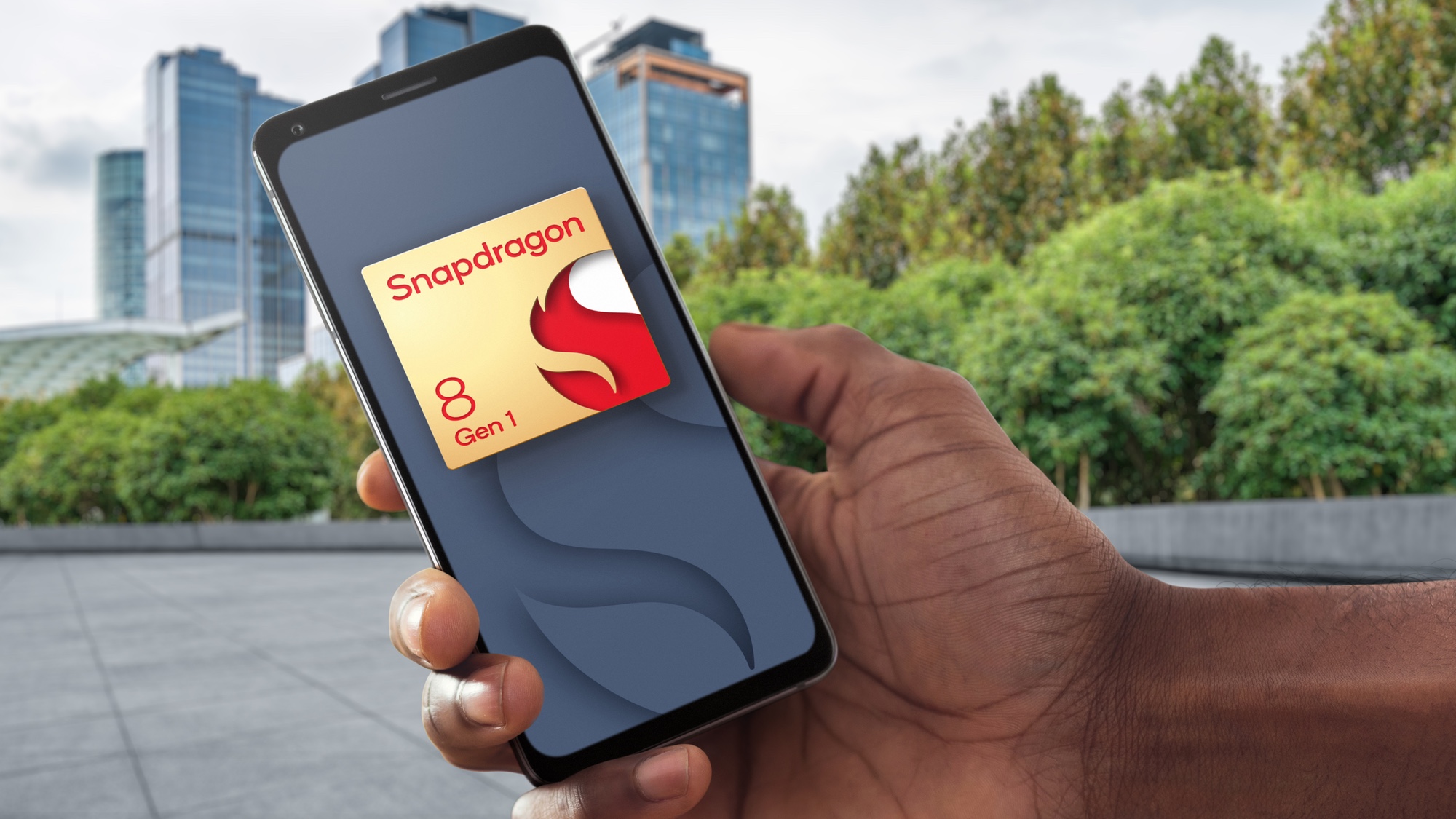
And just like that, the countdown begins. In the meantime, please read our look at the new chip, the Snapdragon 8 Gen 1, and what you can expect from it.
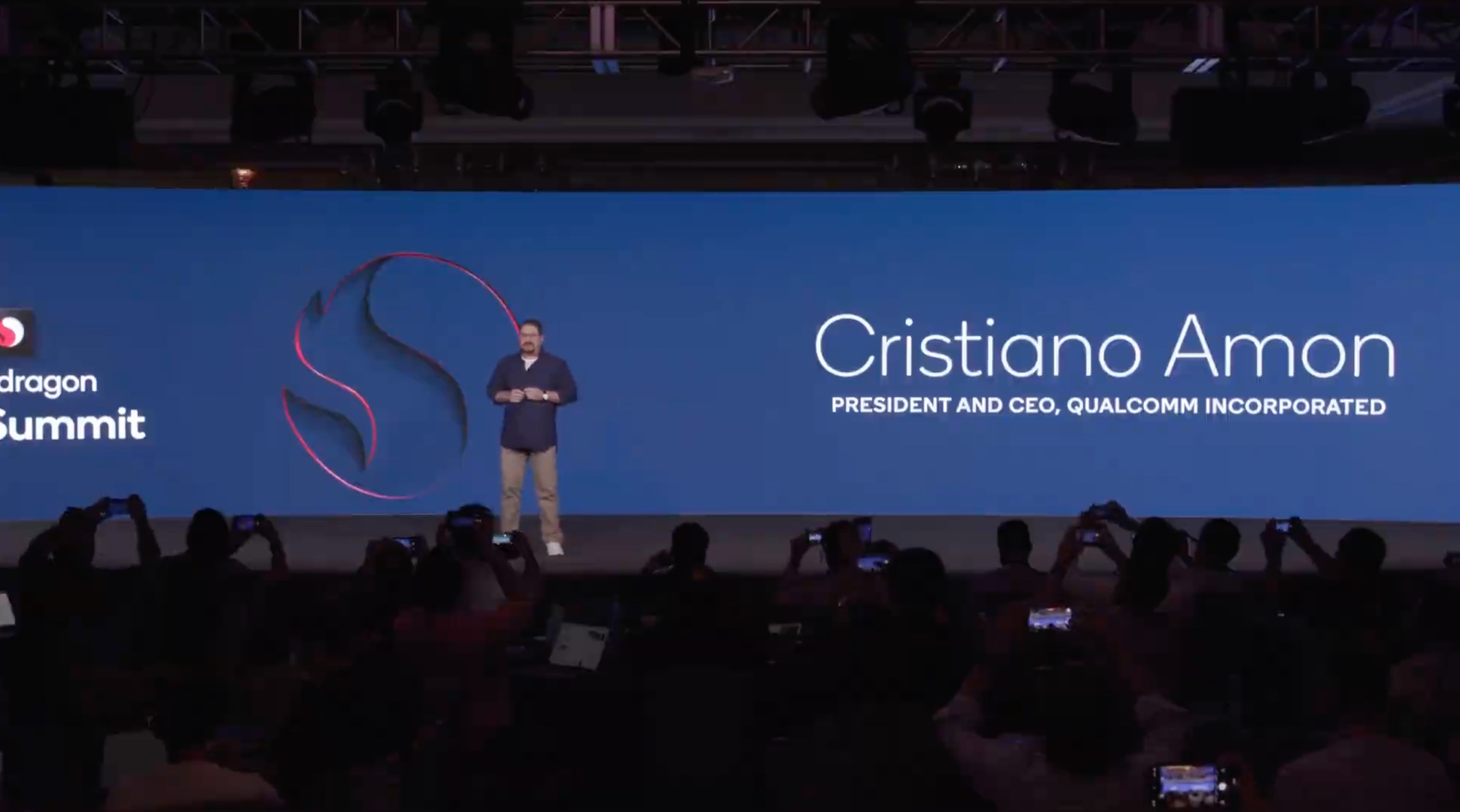
In the buildup to today's Snapdragon 8 Gen 1 preview, Qualcomm confirms — today's keynote is focusing entirely on mobile. Tomorrow, we'll be looking at Snapdragon beyond mobile phones.
Qualcomm CEO Cristiano Amon talks about the company's vision: We're all becoming increasing connected, and the smartphone experiences you enjoy are coming to other devices.
We're also getting a recap of Snapdragon/Qualcomm's market position — Amon is touting the company's dominance here.

We're starting off by talking about Connectivity, which Qualcomm understandably views as critical to the Snapdragon experience. Specifically, Amon is talking about the Snapdragon X65 modem system (the latest generation of which just happens to be on the Snapdragon 8 Gen 1). The X65 can aggregate Sub-6Hz and mmWave 5G, which is helpful for how 5G networks are evolving. And the X65 is capable of 10Gbps speeds, which is far faster than what current 5G networks can offer.
But the focus here is on upload speeds — important in this era of video chat and streaming. "For us to change user experience, upload speeds will be extremely important," Amon said. So now the X65 supports 3.5Gbps speeds on the uplink.

Demo time: Verizon's Kyle Malady in New Jersey makes an 8K HDR video call over Verizon's 5G network to the event in Hawaii. This is to demonstrate the difference that those fast upload speeds can have in your daily experience.
Amon says mmWave adoption is inevitable, and that momentum for mmWave 5G globally is growing. mmWave is super-fast 5G, but as of yet, it's really only being adopted in the US (and its reach is not as wide as sub-6GHz 5G).
It's time to talk camera — an increasingly important part of the smartphone experience, I think you'll agree. It's also a key part of the Snapdragon story, as the chipsets include an image signal processor (ISP) that powers a lot of camera features. Demos include 8K video encode, which is now possible on Snapdragon-powered phones and AI-powered editing. Leica also plans to bring it Leica Lens technology to mobile in the form of filters that will be built into Snapdragon.
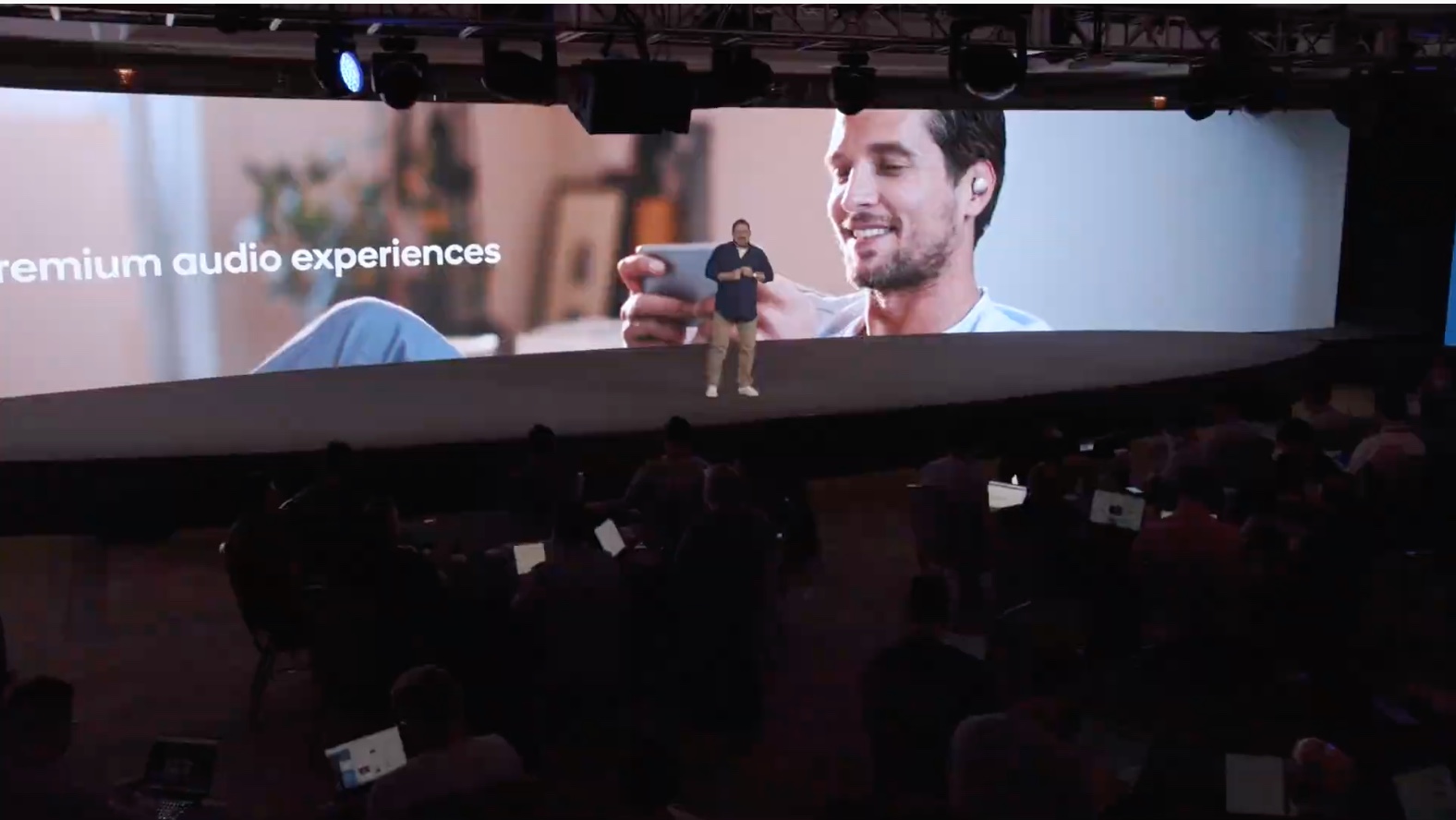
We're now focusing on audio, and for the first time on mobile, you'll get support for streaming lossless CD audio audio over Bluetooth.
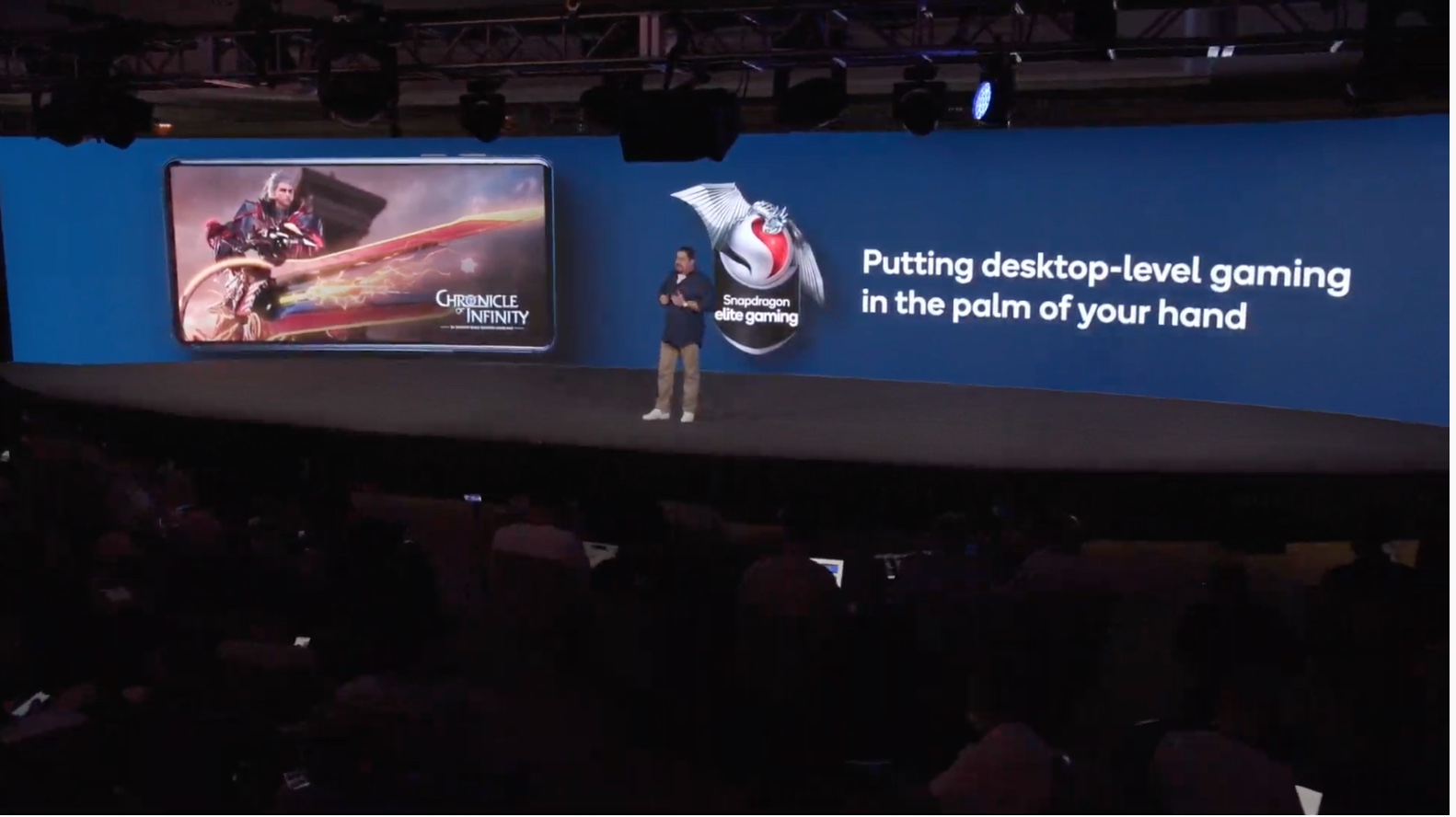
"Mobile gaming is now mainstream gaming," Amon said, by of way of introducing the new gaming features supported by Snapdragon. Over the years, Snapdragon Elite Gaming has brought more than 50 desktop-style gaming features to mobile, and that's continuing with the new Snapdragon chipset.
But before we get into that, Qualcomm is announcing a gaming partnership with ESL to expand its eSports footprint.
It seems odd that Qualcomm isn't spending this stage time to talk more about actual features it new chipset adopts. These include Volumetric rendering, which makes effects like fog and smoke look more realistic in games. And there's an new Adreno Frame Motion engine that boosts the number of frames per second a phone can produce without increasing power consumption.
Google's Hiroshi Lockheimer is here to talk about the partnership Google and Qualcomm have. This has the feel of a "no hard feelings about that Tensor business" kind of segment.
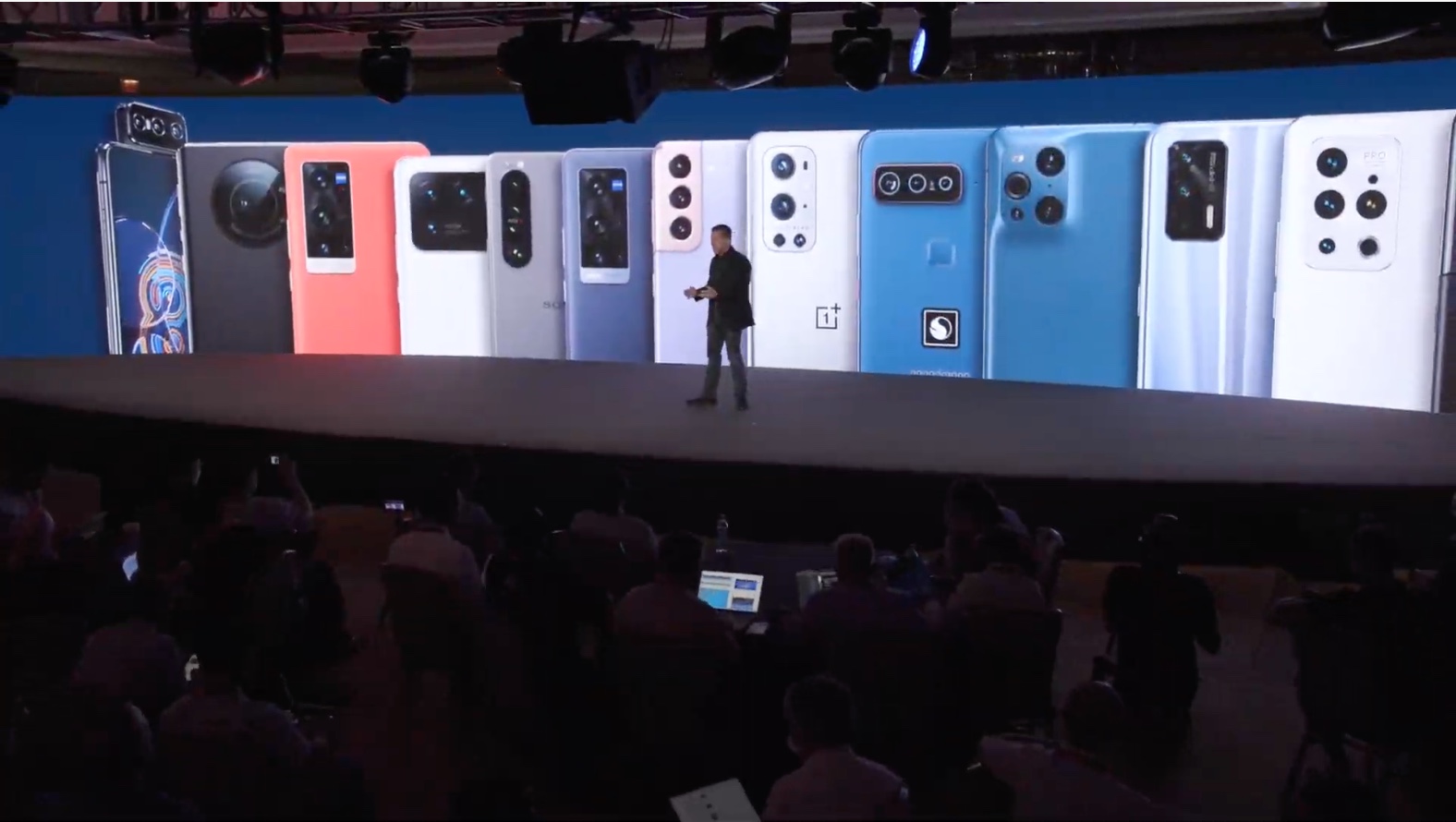
Alex Katouzian, Qualcomm's senior vice president and general manager is here, and that means we're going to get the official Snapdragon 8 Gen 1 announcement. "Today, Snapdragon is the common denominator for premium experiences," Katouzian says, and there are six — connectivity, AI, camera, gaming, security and sound.

"Now is time for Snapdragon to take another big leap forward," Katouzian said. And with that we get the Snapdragon 8 Gen 1. Katouzian bills it as the most powerful mobile smartphone platform ever built.
Here are the highlights involving the Snapdragon 8 Gen 1.
- 5G connectivity highlighted by the X65 modem system
- 7th Gen AI Engine
- The next-generation Snapdragon Elite Gaming
- A new camera system including an 18-bit ISP — the Snapdragon 888 used a 14-bit ISP
You can read all about that in our Snapdragon 8 Gen 1 preview.
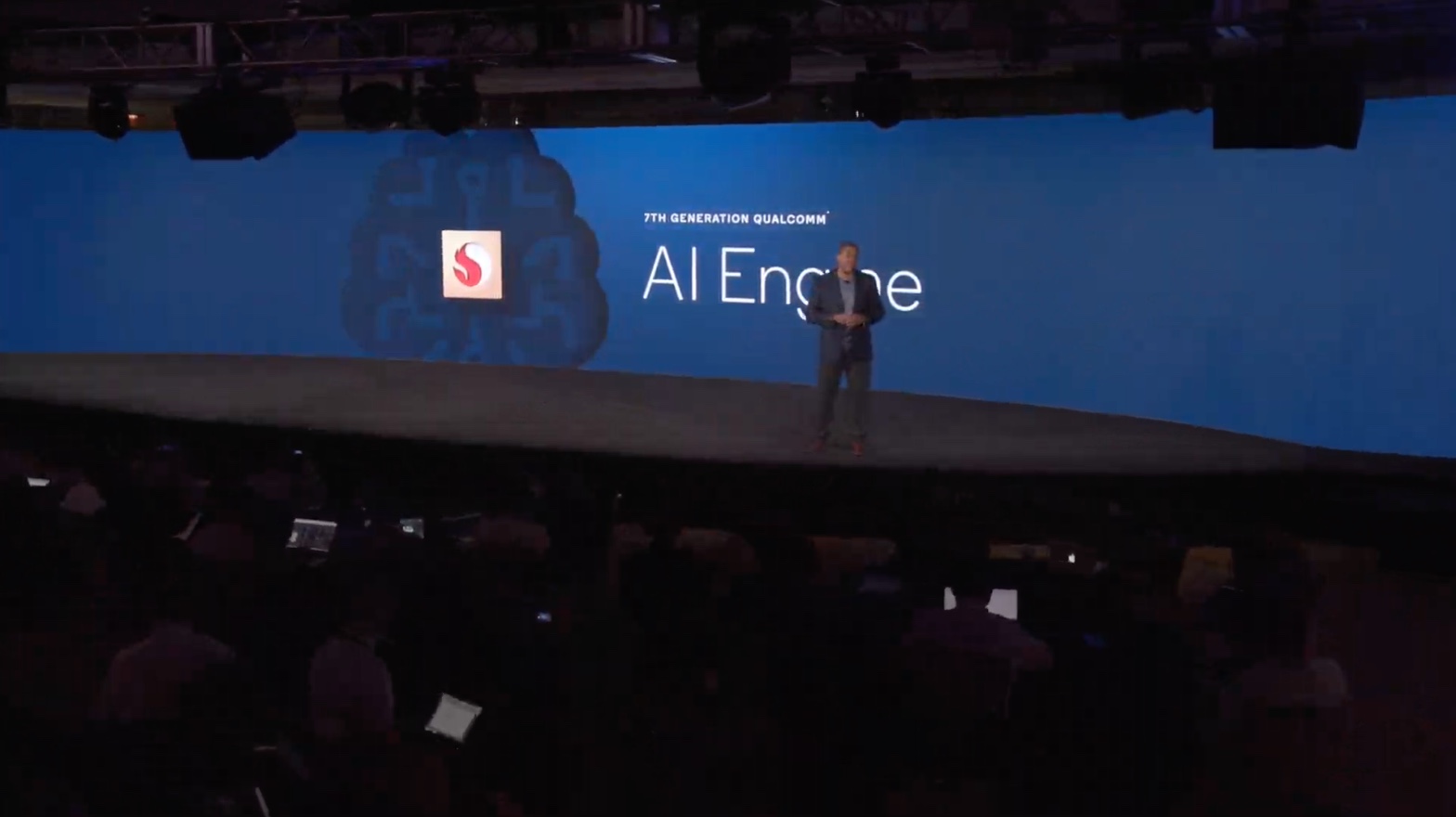
We're getting more of a deep dive on some of the big features in the Snapdragon 8 Gen 1, starting with the X65 modem RF system. It's combining sub-6GHGz and mmWave 5G simultaneously, which should boost 5G speeds. That's a good thing, too, given the support for 10Gbps speeds.
Snapdragon Generation Elite Gaming is now in its 4th generation and bringing desktop-level experiences to mobile. There's a new Adreno GPU, which delivers faster performance and lower power consumption. We're getting a good demo of volumetric rendering and how it renders fog and smoke more realistically in games, too.
Snapdragon Sight is the new camera brand, and its features include 8K HDR video capture. That's clear and colorful video.
The 7th Gen AI Engine is used across the system, creating dynamic effects with the camera and powering the Snapdragon 8 Gen 1's security features. Qualcomm's promising a 4x boost in AI performance over the Snapdragon 888.
Qualcomm's not mentioning it on stage, but the company has confirmed that the first devices to feature the Snapdragon 8 Gen 1 will appear by the end of the year. That almost assures us that the Snapdragon 8 Gen 1 is going to appear in another device before the Galaxy S22 arrives in early 2022.
And that's it for the Snapdragon 8 Gen 1 keynote. The live stream is going to resume at 8 p.m. ET/5 p.m. PT with more details on the new chipset. (Really, this 90-minute session just scratched the surface.) And Qualcomm is promising a second keynote tomorrow on Snapdragon's role beyond smartphones.
